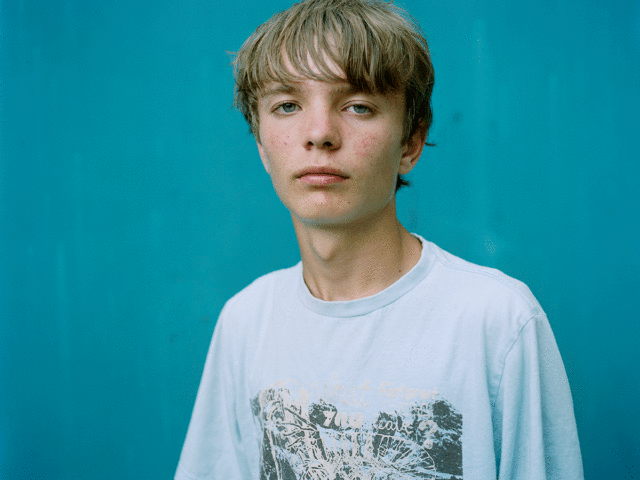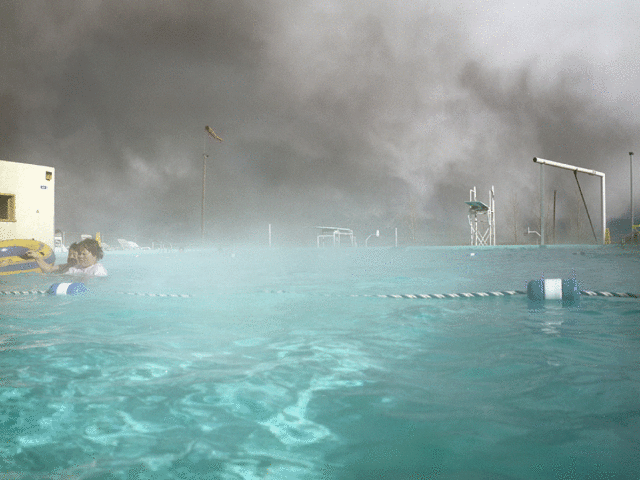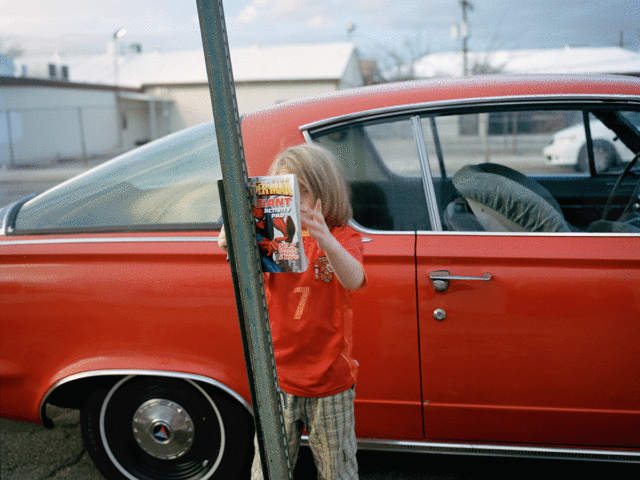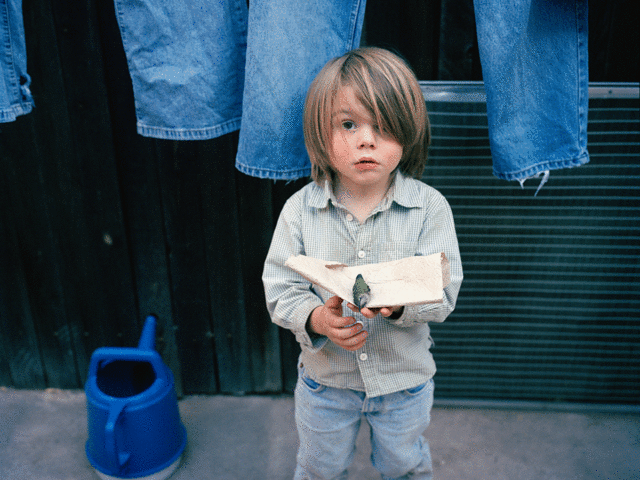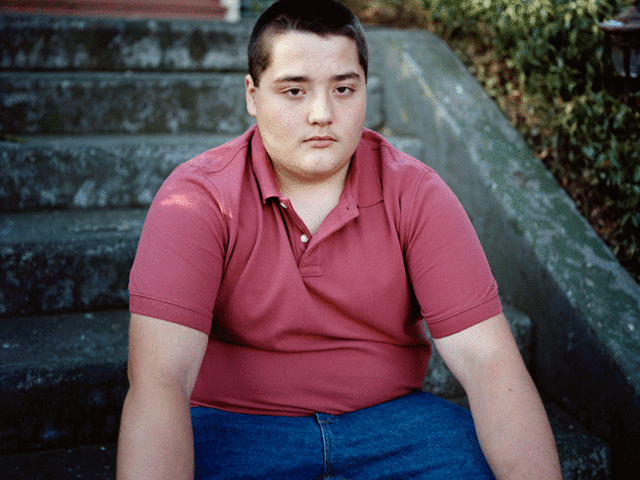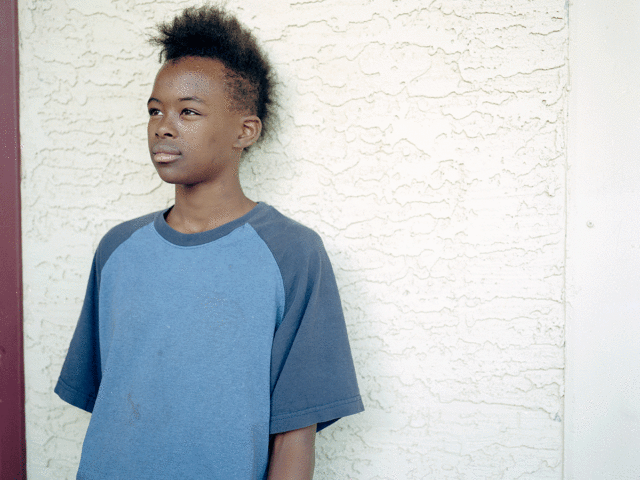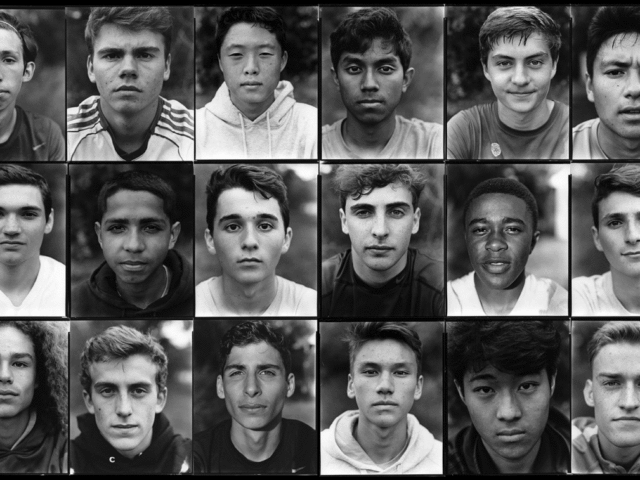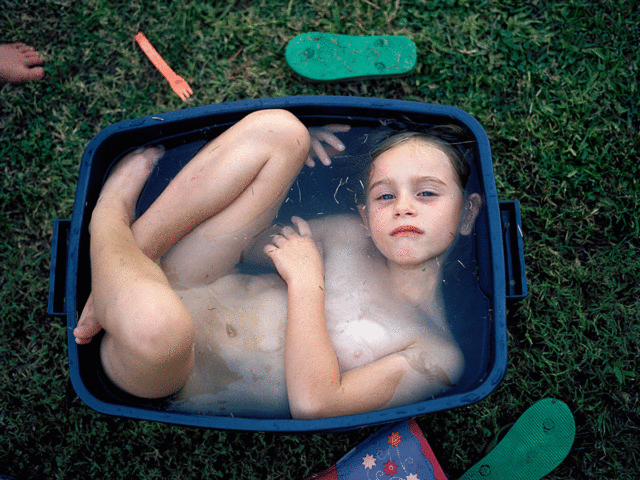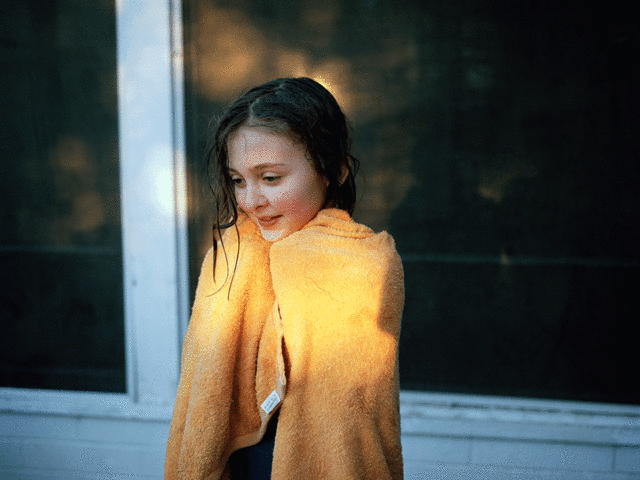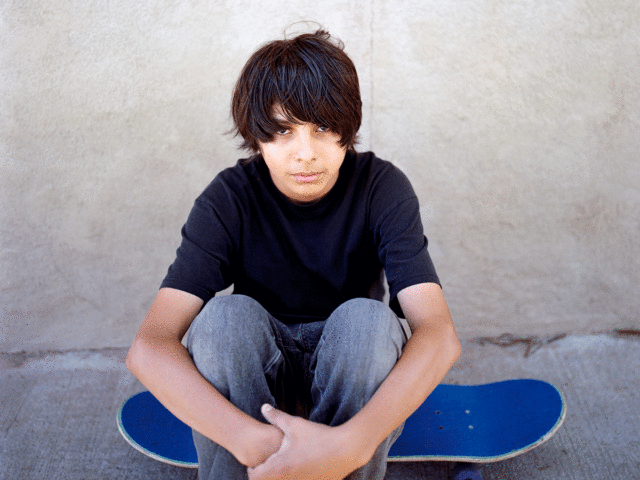Betsy Schneider
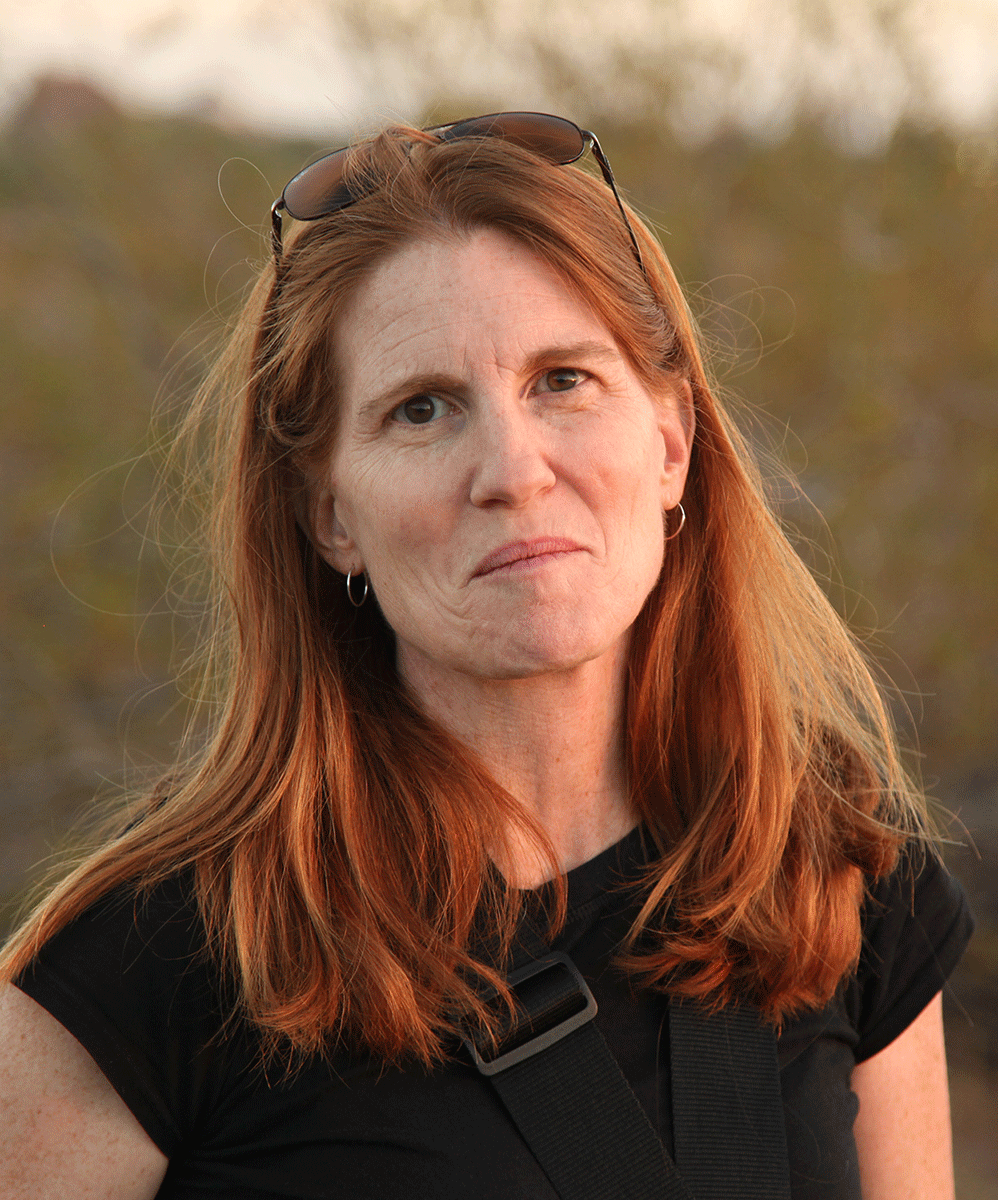
About
Betsy Schneider (https://www.betsyschneider.com/) Betsy Schneider is a photo/video artist whose work focuses on transformations of individuals and families over time and place. Her tools range from appropriated imagery and screen shots to digital video and 8×10 inch view camera film photography. Her Guggenheim Fellowship project “To Be Thirteen” was a solo exhibition of 250 still images of thirteen year olds and was accompanied by a feature length film and book published by Radius. Her work has been exhibited and published internationally for over 20 years. Schneider holds a BA from the University of Michigan, a BFA from the School of the Art Institute of Chicago, and an MFA from Mills College in Oakland, California. From 2002 to 2016 she was a professor in the School of Art at Arizona State University, in 2016 she relocated to the Boston Area and since then has continued to work for ASU as a lecturer, designer, developer and coordinator of one of the first online photography BFA programs in the world. Over the course of the Covid pandemic she co founded FotoFika a weekly workshop that guided photography professors from around the country in teaching online. In addition to her remote position at ASU, she is a regular adjunct faculty member at Emerson College and Massachusetts College of Art and Design and has held visiting professor positions at Hampshire College and Harvard University.
Gallery
LACP Interviews Betsy Schneider
LACP asks Betsy Schneider ten questions about her background, career in and beliefs about photography
Los Angeles Center of Photography: What kind of photographer are you?
Betsy Schneider: Intuitive. Reluctant geek. Shoot first think later. Nostalgic. Art. Technique follows ideas.
LACP: How long have you been shooting?
BS: I got my first camera when I was 8, was a yearbook photographer throughout middle school, when I was twelve my grandfather gave me his old enlarger and my parents helped me build a darkroom in a bathroom closet. So more or less as long as I’ve been riding a bike.
LACP: Where did you get your training?
BS:Father, grandfather, middle school yearbook teacher (Tom McMullen), Photo I at the University of Michigan (Kel Keller), then a BFA at SAIC (BFA) (Ken Josephson, Frank Barsotti, Mimi Plumb, Laurie Dunphy), Live in Assistant (Sally Mann), MFA student at Mills College (Catherine Wagner) and (much) more recently at when teaching at Hampshire College I started working in 8×10 and alternative processes (thanks Kane Stewart).
LACP: When did you know you wanted to devote your life to photography?
BS: I once wanted to be a supreme court justice and then in the middle of college I wanted to be a writer, I thought I could be a writer, but it was so hard. And then near the end of my BA at the University of Michigan and I began taking photo classes, I realized that photography was it—you know kind of like the kid next door that you always knew but never realized was the love of your life—it was kind of like that. “It was always you photography, always you.”
LACP: Did you ever come close to giving up?
BS: Never even thought of it until I read this question. Seriously. On the other hand I have given up (or rather put on hold), a seemingly infinite number of projects. So I guess I do it all the time. To quote, Mark Twain or maybe Groucho Marx, “quitting is easy, I do it all the time.” But the thought of not taking, analyzing working with pictures, still or moving, can’t imagine it. It’s part of a whole: my art career, my teaching career, my role as a parent, child, partner, my family history, my understanding of the world. I know this sounds a bit pretentious but it’s built into the fabric of me.
LACP: Have you sacrificed anything by being a photographer?
BS: Well of course, every realized idea leaves in its wake countless unrealized ideas. The same is true I am sure for life choices, but I don’t regret the choices I’ve made to follow this (truncated, crooked, loopy) path. I’d say perhaps more material security, having nicer possessions instead of buying cameras, film, paper and ink. But overall really I don’t feel I have—a few random things that would be nice to have: A car with fewer than 200K miles on it, a secure retirement account, my kids going debt-free to the college of their choice and a house on Martha’s Vineyard. Seriously, there have been times when I felt like I had very little in terms of resources but I’ve been very very fortunate being able to follow my dreams and live the kind of life I am living.
LACP: What have you gained by being a photographer?
BS: My identity, a way of engaging and interacting with the world, a way to express my thoughts and feelings. A passion. A way to understand and create meaning. Something to love and obsess over, something to pour money into, something to sacrifice for.
LACP: What classes do you teach at LACP?
BS: I will be teaching my first class this summer on writing and photography.
LACP: What do you love most about teaching?
BS: The emotional connections—watching people grow and explore their own processes. The discoveries that I see them make and the discoveries I make.
LACP: What advice would you give someone who is thinking about making a career in photography?
BS: Consider what you love about photography. Is it the process? Is it the power to create? Is it the path of your own creative process. Is it about what you learn and discover? It it about articulating ideas or motivating others to engage?
Consider what motivates you. Recognition and externally realized success? Money, things, security? Connections with others? Creating something that is meaningful for yourself or for others?
Consider what you are willing to trade—autonomy for security? Are you willing to work hard to realize other people’s visions? Are you willing to fail? Are you willing to be vulnerable?
Make a list of influences and observe how they lived their lives and careers. But know that your path should be unique to you.
Rules: Some rules are worth learning some aren’t—some rules will help you some will hold you back some are worth breaking others aren’t. We invent and discover as we go.
